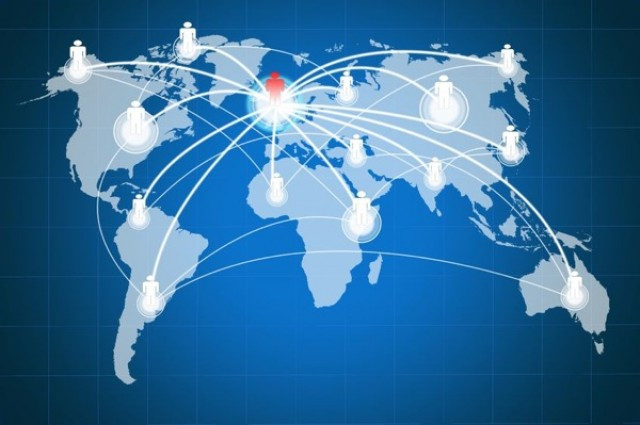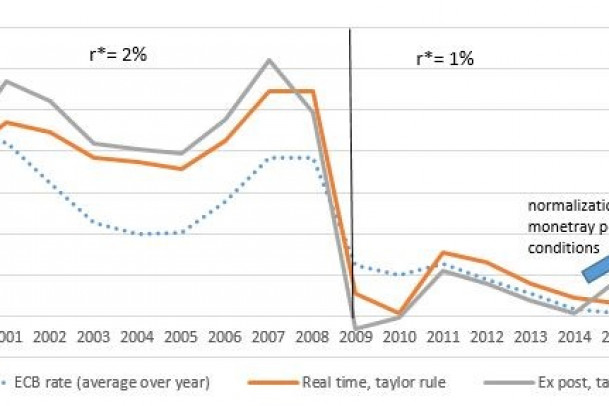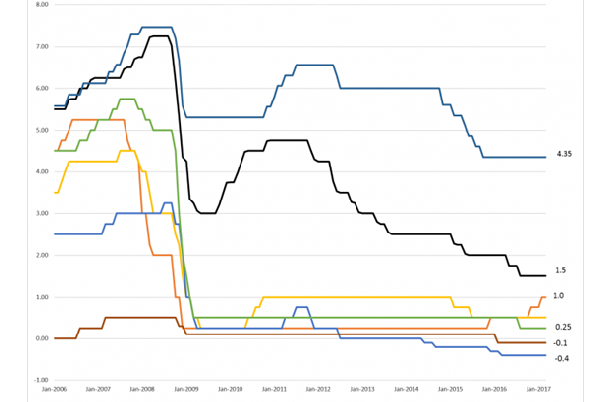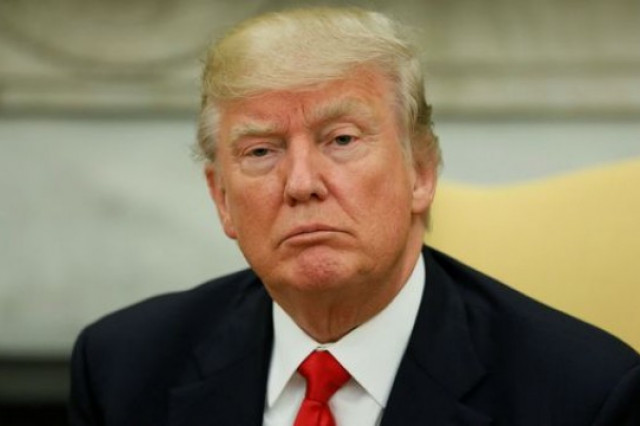The different issues considered in the present work lead to at least five major conclusions, which we will explain below. The first conclusion has to do with the historical nature of the crisis and its depth.

Are we are facing a terminal crisis in the techno-productive fabric of the new capitalism that emerged from the Information Revolution and globalisation, as was the case of the great depression of the 1930s, in relation to classic financial monopoly capitalism born in the late nineteenth century?
Or is it rather a crisis of development of global computer capitalism, which contrasts its productive base with its neoliberal financial and institutional superstructure of origin, particularly in the country that led and modelled the process in its first historical stage of development?
Our answer goes in this second direction, starting from the idea that the depth and duration of the international collapse to come will depend mainly on the continuity and deepening of the computer revolution 30, of the techno-economic integration that it can achieve with the revolution (and implicitly with the environmental crisis), and how it can adequately get over both the burden of its financial-speculative superstructure and, in general, the socio-institutional regime of neoliberalism.
The second conclusion has to do with the global extent and duration of the crisis. In this regard, we consider that the key element is the extent to which China, above all, and more generally East Asia (including India), are able to withstand the onslaught of crisis 31 and to emphasize its role as an emerging economic engine at the global level.
It has to start from the fact that the new global economic role of the latter region makes it an extraordinary global counter-cyclical force, which contradictorily, at the same time accelerates the crisis of global hegemony of the United States, helps the economic recovery of this country through different mechanisms.
THE CURRENT CRISIS HAS MANY FACTORS IN COMMON WITH THE PREVIOUS ONE
The third conclusion refers to the international spread of the crisis to the different countries. As discussed in the paper, those most affected will be those most exposed to trade and financial relations with the United States, new financial mechanisms and agents (deregulation, derivatives and collateral, and so on) and the external financing of industrialized countries.
The least exposed will be those with strong national states and banking systems, major international reserves relative to national GDP, broader domestic and regional markets, greater self-financing capacity through internal fiscal mechanisms, and national access to the extraordinary economic income derived from international trade (Dabat, Rivera and Sztulwark, 2007).
In this sense, and despite the differences, the current crisis has quite significant factors in common with the previous one. The 2001-2002 period had to do with a crucial problem for the development of computer capitalism, as it was at the time the tendency of Moore's Law to exhaust itself (continuity of the semiconductor processes of miniaturization, complexity and cheapness), that found itself surpassed by the application of nanotechnology (Dabat, 2008 and Dabat and Ordóñez, 2009).
The current crisis is also linked to another type of obstacle that limits the continuity and deepening of the Information Revolution, as in the case of both the initial financial and institutional superstructure of this, and of the increasingly weak energy base on which it is built until now, based on non-renewable fossil fuels and pollutants. In both cases, removing such obstacles requires a new type of institutional and techno-economic restructuring that enables the potential of new technologies to be deployed at a wider level.
We are referring to a quite small decrease in its unsustainable rates of growth and foreign trade (for example, rates of 11% and 30%, to a more moderate 7-8 and 20-25%) or only brief declines of greater dimension. The fourth conclusion points to the future and to the spatial and institutional forms of globalisation. Are we facing a terminal crisis, or a historical change in its mode of engagement?
DESPITE THE CRISIS, THE US REMAINS THE MOST POWERFUL COUNTRY
It is a matter directly linked to the first conclusion, inasmuch as globalisation is, in essence, the spatial configuration of the new type of capitalism that emerged from the Computer Revolution (Dabat, 2002).

Therefore, as we have proposed in other works (Dabat, 2005, for example) and in this same one, the crisis of the United States and of its national modality of capitalism, will not imply as much the end of globalisation, given that global changes that aim both to the strengthening of regional integration and international regulation processes, to the shift of the cyclical centre of the world economy towards East Asia, and to national and regional socio-institutional reforms more in line with those of the type of economies in the leading emerging countries markets.
Therefore, as we have proposed in other works (Dabat, 2005, for example) and in this same one, the crisis of the United States and of its national modality of capitalism, will not imply as much the end of globalisation, given that global changes that aim both to the strengthening of regional integration and international regulation processes, to the shift of the cyclical centre of the world economy towards East Asia, and to national and regional socio-institutional reforms more in line with those of the type of economies in the leading emerging countries markets.
Finally, a fifth conclusion takes us to the position of the United States in the international order and world economy, and to its future prospects as a country.
Despite its crisis, the United States remains the most powerful, rich and influential country in the world, particularly for its technological, business, military and involvement capacity in the global arena. However, it no longer is the only hegemonic superpower capable of unilaterally imposing its own goals on the rest of the world. This will force it to recognize the new world order as regards power and undertake major reforms in the direction already outlined by the Obama administration. Such reforms will revive their economy in the medium term, generate significant gains in energy, infrastructure and the environment, restoring much of their international competitiveness.
Nevertheless, this will be at the cost of a colossal external debt and a reduction of the net income level of its people, within a multi-polar world on which the US will not be able to unilaterally impose their national interests.
According to Gramsci, hegemony does not only mean power (military, economic or political) but also leadership capacity in the most significant issues of a political community (in this case, the International Order). In turn, leadership capacity implies not only policies that point in some way to the resolution of the main problems of that community, but also the practical capacity to impose itself on the facts, not only by political-institutional, economic or military means, but also by its cultural capacity, seen as relative superiority in certain aspects of the culture of the hegemonic country in central aspects of nations' development.
REVERSE THE NEOLIBERAL COURSE
In the present historical conditions, such an international preponderance involves much more than simply the scientific-technological level of universities or the international extension of the dominant language (in this case English), but also in the level of environmental culture or respect for human, civil or self-determination rights of other peoples.
We should add that the complex conditions of our time (globalisation, environmental crisis, energy crisis, food crisis, and so on) on top of the hegemony of the United States, generates the need to move towards a new multi-centric world order, which will not be an easy task, not only because of the resilience of economic, financial and military forces benefiting from the current world order, but also because of the immaturity or limitations of the new emerging powers to lead this change.
Besides this, there will also be a need to substantially reverse the neoliberal course of ideas and institutions that have dominated the world economic and political scenario in recent decades, by others much more in line with the world's technological, economic, social and environmental requirements









